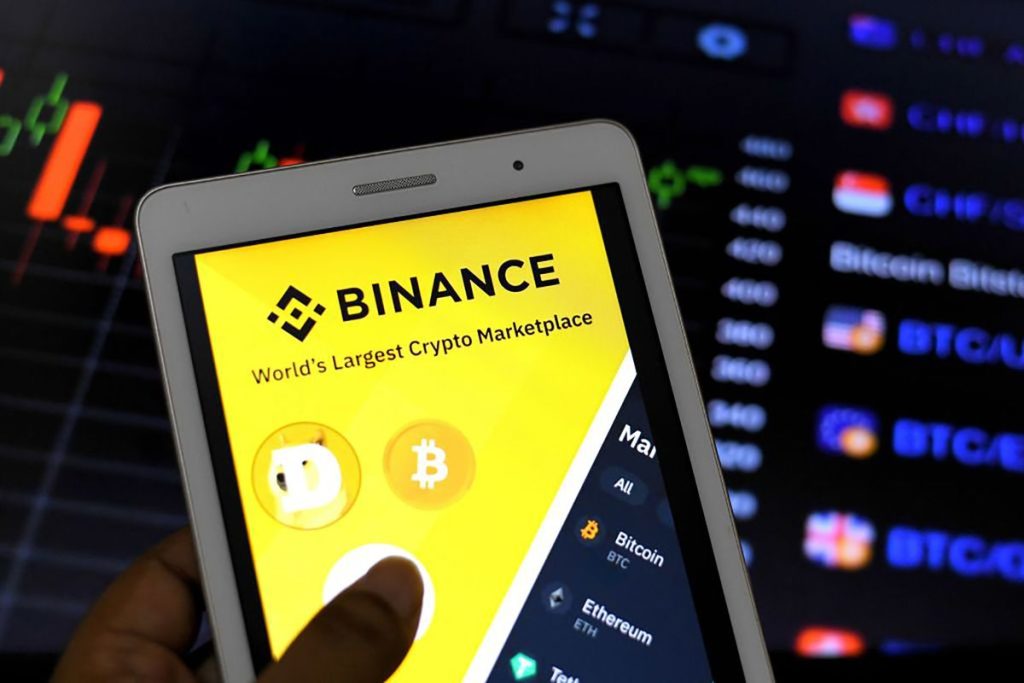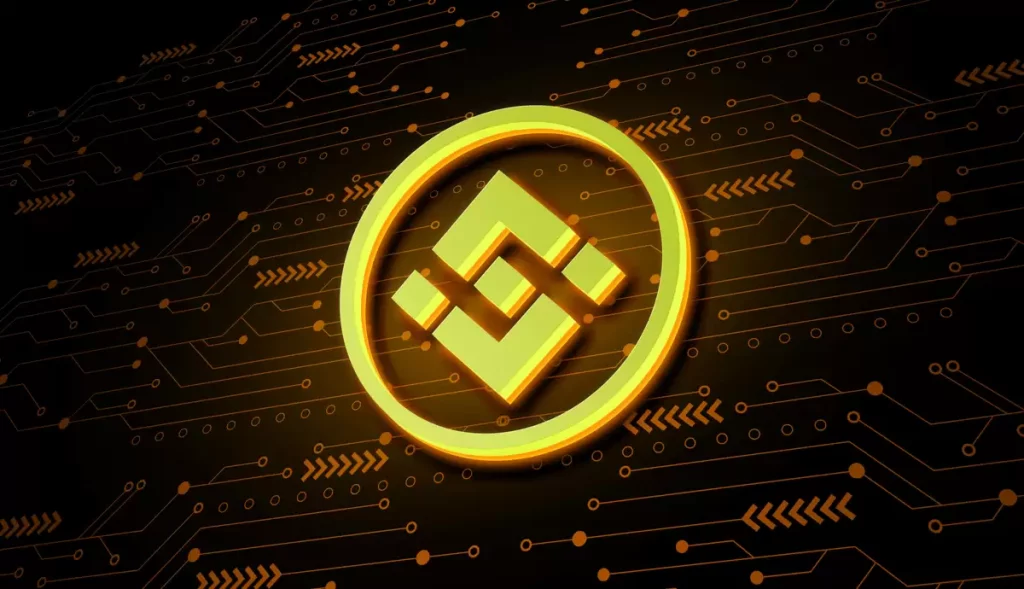Binance is the world’s largest cryptocurrency exchange in terms of the trading volume. Changpeng Zhao (abbreviated CZ) established it in China in 2017. Since then, the platform is one of the most dependable participants in the cryptocurrency sector.
It created a separate specialized platform for its US customers in September 2019, registered with FinCEN, and is fully compliant with the US regulatory environment.
Notably, Binance is regarded as one of only a few cryptocurrency exchanges that do not engage in wash trading or phony volume. The company is constantly working to improve openness in its operations.

Over time, the exchange has proven to be dependable and accountable to its consumers, according to established rules and regulations, thereby solidifying its reputation for legitimizing cryptocurrencies as an asset class.
Overall, 바이낸스 (Binance) stays current by covering all key industry innovations and updates, having positioned itself as the most extensively utilized gateway to digital cryptocurrency marketplaces.
Binance’s industry reputation
Binance’s large range of supported crypto-assets and trading pairings, which includes industry standards like Bitcoin and Ethereum, as well as smaller and micro-cap tokens, makes it particularly appealing. To be eligible for listing, each coin must meet Binance’s requirements and criteria (and can also be de-listed for violating the terms).
In 2019, the Binance exchange was the victim of a sophisticated hack. (It was hacked). At the time, thieves stole $40 million in Bitcoins, but owing to Binance’s SAFU fund, all losses were covered by the exchange, and dealers were reimbursed quickly. As a result of this action, Binance’s reputation in the cryptocurrency market has substantially improved.
Where Binance stands out
- Binance’s 0.1 percent trading charge is cheaper than that of several other US exchanges.
- Binance is famous for speedy transactions. Before founding Binance in China in 2017, firm founder Changpeng Zhao built a software system for matching orders for high-speed traders.
- While it does not have as many cryptocurrencies and crypto-to-crypto trading pairs as its parent firm, Binance. The Assortment US’s of roughly 60 cryptocurrencies still outpaces many other U.S. exchanges.
Staking cryptocurrency (earn passive income)
Binance exchange also offers bitcoin staking services based on the proof-of-stake consensus algorithm (such as Algorand, Tezos, Cardano, Polkadot, and Ethereum 2.0). You can generate passive income by staking a specific cryptocurrency.
We’ve also produced a simple step-by-step guide on how to stake Ethereum 2.0 on Binance to make things easy for you. Please keep in mind that the staking technique is the same for all digital assets.
Binance Benefits and Drawbacks
Benefits:
- a well-established industry presence
- Excellent reputation;
- Safe and secure;
- Many trading possibilities (including spot, margin, P2P, stock tokens, and others);
- It has its exchange token (BNB), which provides you with several special benefits such as launchpad investing eligibility, lower trading fees, the opportunity to transfer low [other] crypto balances into BNB, and more.
- A diverse selection of crypto assets and pairs;
- Several useful features;
- Methods to generate passive income;
- There are numerous payment alternatives available;
- Active social channels;
- Excellent client service.
Drawbacks:
- Perhaps not suitable for total beginners;
- There is no phone customer service.
Overall, the benefits of Binance greatly exceed the drawbacks. The Binance exchange remains the top pick for most cryptocurrency traders due to its wide products, cheap fees, and cutting-edge trading interface.

It also never stops growing and increasing its service offerings, adding to the arsenal of technological capabilities and configurations while staying current with industry advancements and trends. It’s no surprise, then, that Binance leads the field in terms of daily trading volume, maintaining its position as the most commonly used crypto exchange in the world.
